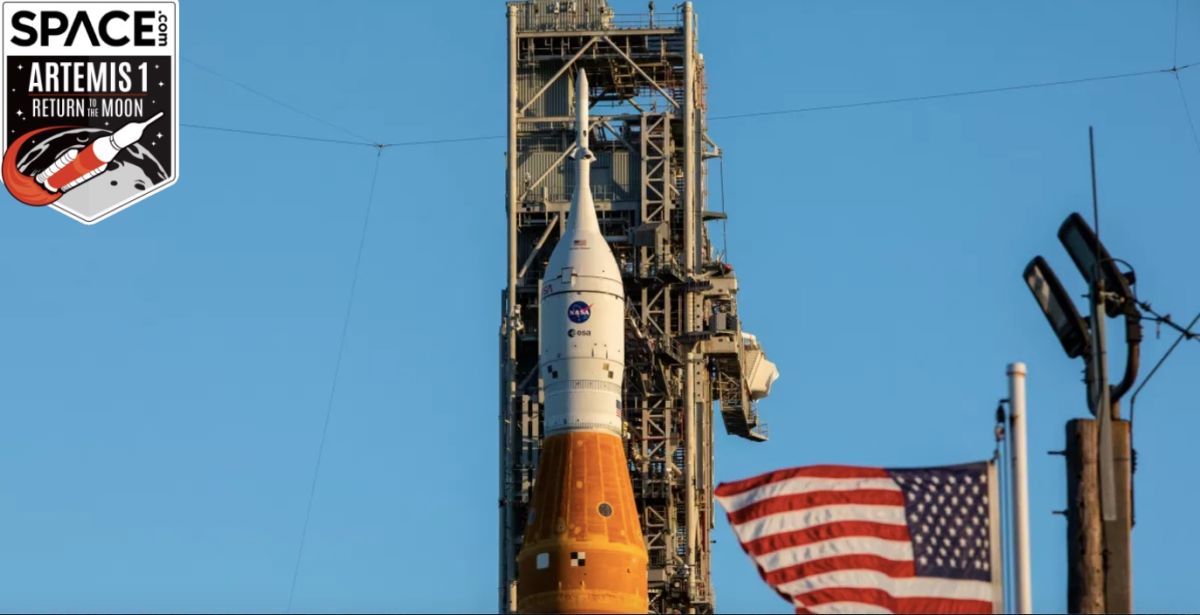
www.space.com
NASA's Artemis 1 moon mission still 'go' for Nov. 16 launch
NASA still aims to launch its Artemis 1 moon rocket on Wednesday (Nov. 16), but a few boxes must be checked first.
Science & Tech
NASA still aims to launch its Artemis 1 moon rocket on Wednesday (Nov. 16), but a few boxes must be checked first.
Artemis 1, which will send an uncrewed Orion capsule to lunar orbit using a Space Launch System (SLS) rocket, is scheduled to lift off from Florida's Kennedy Space Center (KSC) Wednesday during a two-hour window that opens at 1:04 a.m. EST (0604). And the mission team is confident it can hit that target.
"I feel good headed into this attempt on the 16th," Mike Sarafin, Artemis mission manager at NASA headquarters in Washington, said during a press briefing on Sunday evening (Nov. 13).
"The team is moving forward as one unit," he added. "We've just got some work to do."
One focus of that work will be a thin strip of caulking called RTV that encircles Orion. The RTV helps smooth out a small indentation in the capsule that could potentially cause some unwanted circulation and heating of air during flight, Sarafin said.
Hurricane Nicole tore some of that caulking loose on Thursday (Nov. 10) when it slammed into Florida's Space Coast, mission team members said. (The Artemis 1 stack endured the wrath of Nicole, which weakened to a tropical storm shortly after landfall, out in the open on KSC's Pad 39B.)
It's possible that some of the storm-torn RTV could shake free during liftoff, creating a debris hazard for the SLS, Sarafin said. The team is still examining the nature and severity of this risk.
"We need to just spend a little more time to review our flight rationale headed into this launch attempt, specifically as it pertains to liberation of any remaining RTV and debris transport," Sarafin said.
The Artemis 1 team isn't terribly concerned about increased "aeroheating" around Orion due to the loss of some RTV, he added.
"We do have protections in place as it pertains to the materials that underlie that RTV," he said. "This is just an additional layer on there to create a kind of a seamless airstream flow."
The RTV issue is not fixable at the launch pad, because Orion sits so high atop the SLS. If the team determines that the caulking needs to be replaced, a rollback to KSC's Vehicle Assembly Building would likely be required.
























































